Ørsted and partners secure funding for H2RES project; offshore wind power to produce renewable hydrogen for road transport
Green Car Congress
DECEMBER 23, 2019
The plant will use electricity from offshore wind turbines to produce renewable hydrogen for buses, trucks and potentially taxis. Hydrogen is widely used in heavy industry in Europe, but it is mainly produced by converting fossil fuels in a process which emits large amounts of greenhouse gases.

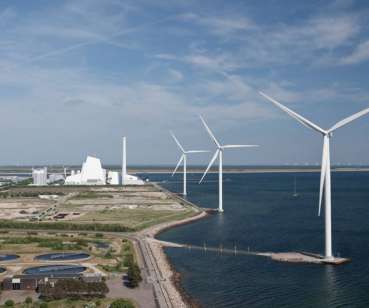
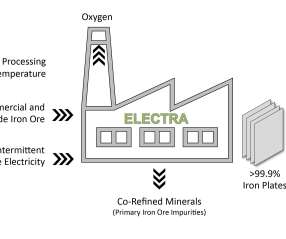
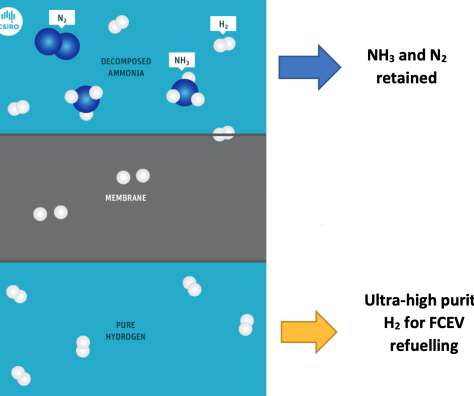



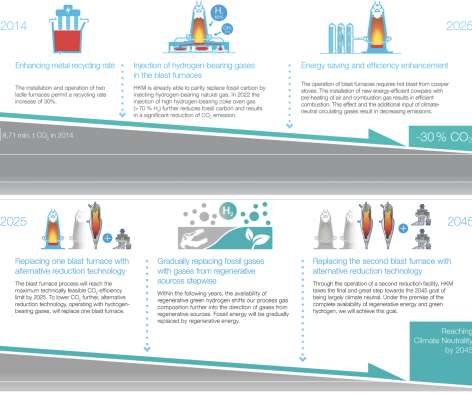
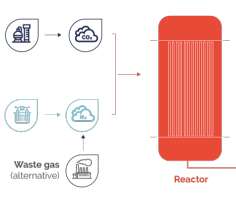













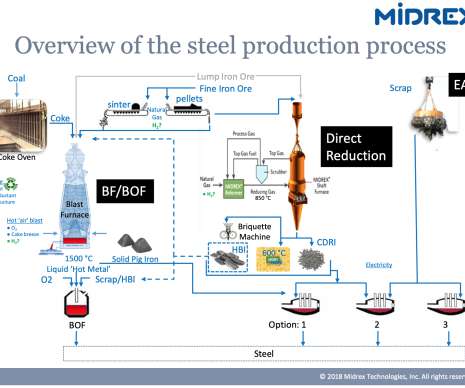

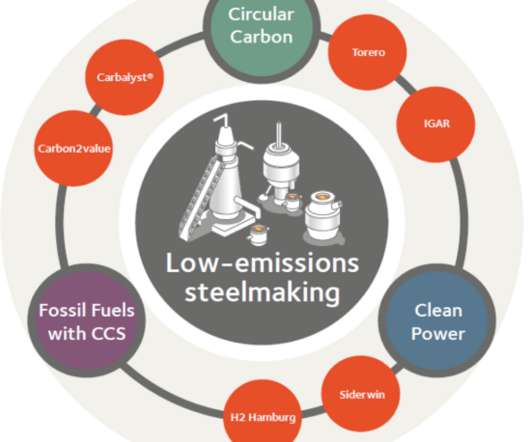




















Let's personalize your content